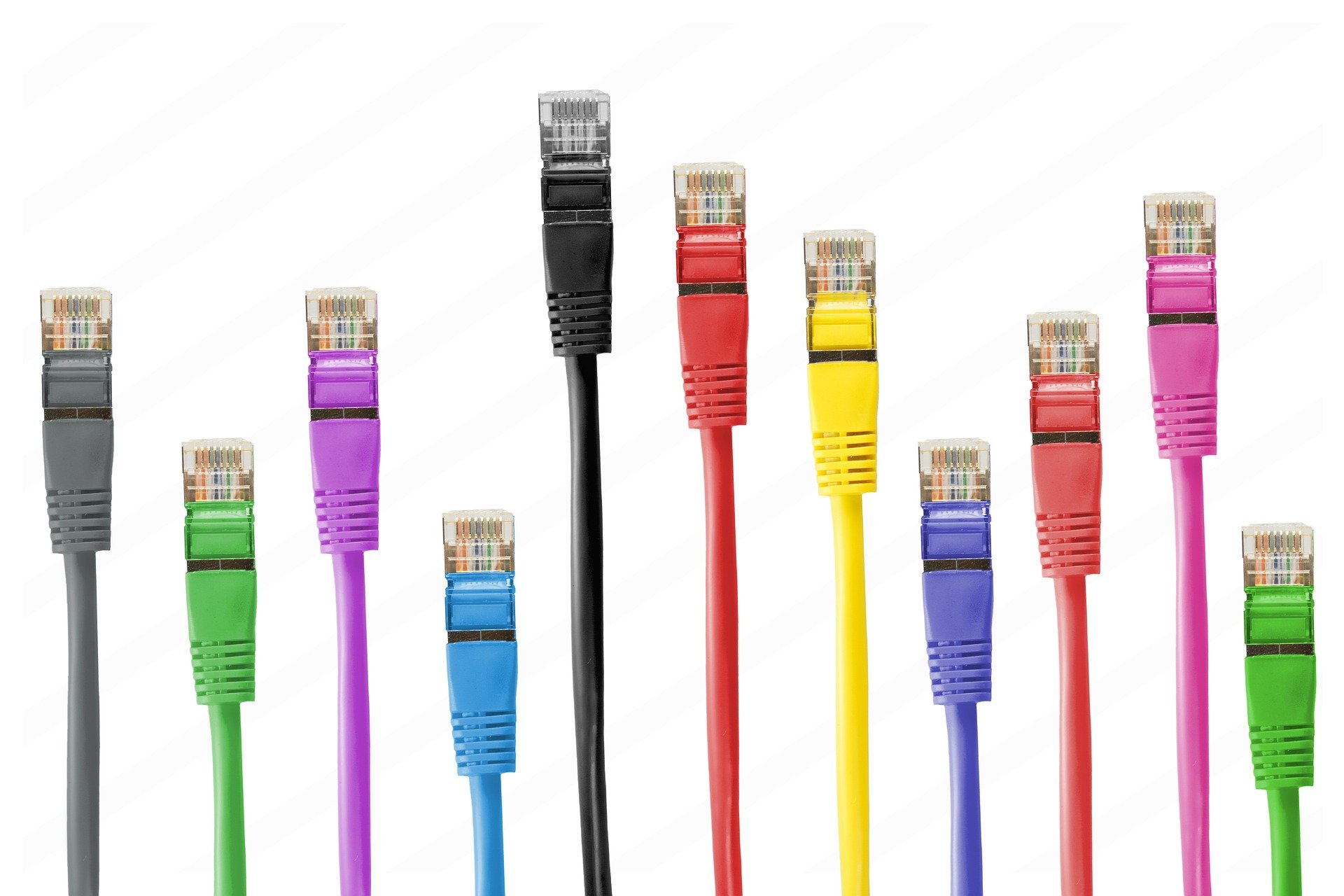CAT Cables

Title: The Evolution of Cat Cables: A Comprehensive Overview
Introduction
In the world of networking and data transmission, Cat cables have played a pivotal role in connecting devices and facilitating the exchange of information. This article aims to delve into the history, purpose, pin configurations, functions, limitations, and pros and cons of Cat cables. Additionally, we will explore the differences between various generations of Cat cables.
1. History and Purpose of Cat Cables
Cat cables, short for Category cables, were initially developed in the 1980s as a standardized solution for transmitting data over twisted pair copper wires. The primary purpose of Cat cables is to establish reliable and high-speed connections between devices, such as computers, roeuters, switches, and other network components.

2. Types of Cat Cables:
There are several generations of Cat cables, each offering different capabilities and transmission speeds. The most commonly used types are:
a) Cat 5e: Cat 5e (Category 5e) cables were introduced in the late 1990s and became the standard for Ethernet connections. They support data transmission speeds of up to 1000 Mbps (1 Gbps) over a maximum distance of 328 Ft
b) Cat 6: Cat 6 (Category 6) cables emerged in the early 2000s, providing improved performance and reduced crosstalk compared to Cat 5e. They support data transmission speeds of up to 10 Gbps over a maximum distance of 180 ft.
c) Cat 6a: Cat 6a (Category 6a) cables were introduced as an enhanced version of Cat 6 cables. They offer improved shielding and reduced alien crosstalk, allowing for data transmission speeds of up to 10 Gbps over a maximum distance of 328 Ft.
d) Cat 7: Cat 7 (Category 7) cables are designed to provide even higher performance and better shielding than previous generations. They support data transmission speeds of up to 10 Gbps over a maximum distance of 328 Ft.
3. Pin Configurations and Functions:
Cat cables utilize RJ-45 connectors, which consist of eight pins arranged in a specific configuration. The pins are responsible for transmitting and receiving data, as well as providing power in some cases. The pinout configuration for Cat cables is as follows:
Pin 1: Transmit +
Pin 2: Transmit -
Pin 3: Receive +
Pin 4: Not used
Pin 5: Not used
Pin 6: Receive -
Pin 7: Not used
Pin 8: Not used
The transmit pins (1 and 2) are responsible for sending data from the source device, while the receive pins (3 and 6) receive data at the destination device. The unused pins (4, 5, 7, and 8) are typically reserved for future use or alternative functions.

4. Functions of Cat Cables:
Cat cables serve multiple functions in data transmission, including:
a) Data Transfer: The primary function of Cat cables is to transmit digital data between devices, enabling communication and information exchange.
b) Power Over Ethernet (PoE): Some Cat cables, such as Cat 5e and above, support PoE, allowing devices to receive power through the same cable used for data transmission. This feature eliminates the need for separate power cables, simplifying installations.
c) Voice Transmission: Cat cables can also transmit voice signals, making them suitable for Voice over IP (VoIP) applications.
5. Limitations, Pros, and Cons of Cat Cables:
While Cat cables have revolutionized networking, they do have certain limitations, as well as pros and cons:
a) Limitations:
- Distance: The maximum distance over which Cat cables can transmit data without degradation varies depending on the cable category. Longer distances may require signal repeaters or fiber optic alternatives.
- Crosstalk: Cat cables are susceptible to crosstalk, which occurs when signals from adjacent cables interfere with each other, potentially degrading performance.
b) Pros:
- Cost-effective: Cat cables are relatively inexpensive compared to other networking solutions, making them widely accessible.
- Versatility: Cat cables can be used for various applications, including Ethernet, VoIP, and video transmission.
- Compatibility: Cat cables are backward compatible, meaning newer generations can be used with older devices.
c) Cons:
- Limited Speed: While newer generations of Cat cables offer higher speeds, they still fall short compared to fiber optic alternatives.
- Susceptibility to Interference: Cat cables can be affected by electromagnetic interference (EMI) and radio frequency interference (RFI), potentially impacting performance.
6. Differences Between Cat Cables:
(To summarize the differences between various generations of Cat cables:)
- Cat 5e: Supports data transmission speeds of up to 1 Gbps over a maximum distance of 328 Ft
- Cat 6: Supports data transmission speeds of up to 10 Gbps over a maximum distance of 180 ft.
- Cat 6a: Supports data transmission speeds of up to 10 Gbps over a maximum distance of 328 Ft, with improved shielding.
- Cat 7: Supports data transmission speeds of up to 10 Gbps over a maximum distance of 328 Ft, with enhanced shielding and reduced crosstalk.

Cat cables have played a crucial role in the development of modern networking, enabling reliable and high-speed data transmission. From their inception in the 1980s to the latest Cat 7 cables, these cables have evolved to meet the increasing demands of the digital age. While they have limitations, their cost-effectiveness, versatility, and compatibility make them a popular choice for various applications. As technology continues to advance, Cat cables will likely continue to adapt and improve, ensuring efficient data transmission for years to


